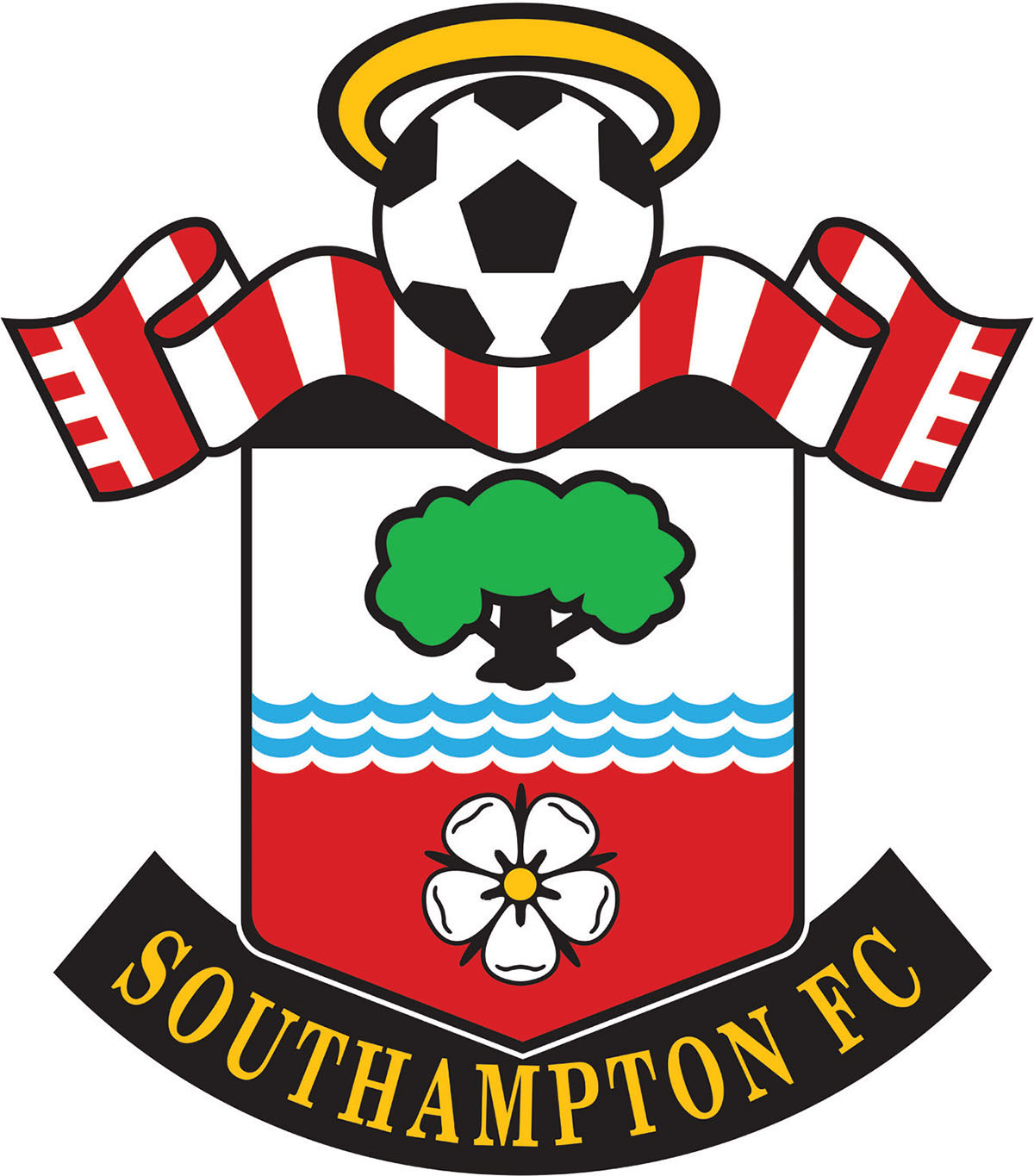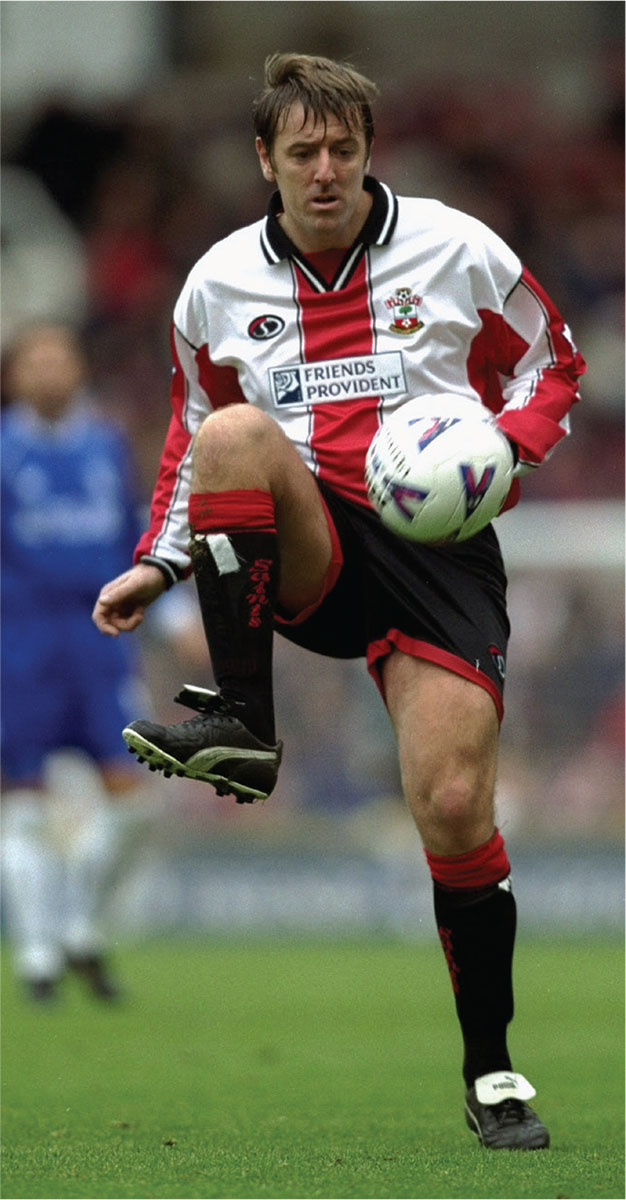
SOUTHAMPTON
THE SAINTS ON THE SOUTH COAST
Gareth Bale, Adam Lallana, Theo Walcott, Luke Shaw, Alex Oxlade-Chamberlain and Calum Chambers have one thing in common: they were trained in Southampton’s youth academy, where former national stars Alan Shearer, Matthew Le Tissier and Wayne Bridge also received their footballing education. The fact that Southampton managed to get back to the Premier League in 2012 after many difficult years is very much down to the club’s much admired academy.
Southampton’s nickname, the Saints, derives from their original foundation in 1885 as a church club, St. Mary’s, and these roots inspired the naming of their new ground in 2001. Southampton’s FA Cup success in 1976 under manager Lawrie McMenemy was their first major trophy and the most memorable day in their history. As a Second Division side at the time, they upset firm favourites Manchester United and are one of the last clubs from outside the top division to win the FA Cup.
After 27 consecutive seasons in England’s top flight, Southampton were relegated to the Championship in the spring of 2005. Financial turbulence and internal strife followed and shook the once stable club, which led to relegation to League One after four seasons in the Championship. Then the recovery began. With talents like Lallana and Oxlade-Chamberlain, they were promoted from League One after two seasons, and then gained a second successive promotion back to the Premier League in 2012. Southampton’s renaissance was thanks to the money made from sales of players nurtured by the club – deals which, since the relegation in 2005, had brought in around £36 million.
CLUB: Southampton FC
NICKNAME: The Saints
FOUNDED: 1885
STADIUM: St. Mary’s Stadium, Southampton (32,505 capacity)
HISTORIC PLAYERS: Terry Paine, Mick Channon, Derek Reeves, Alan Shearer, Francis Benali, Matthew Le Tissier and Gareth Bale

In the beginning Southampton took their inspiration from the city crest. The red roses symbolise the house of Lancaster, the white the house of York, the two families who fought the Wars of the Roses (1455–1485). Unfortunately there are no exact years for when this crest was in use.

The town crest appeared in one other version before the club decided to strengthen their identity through an emblem created with input from their supporters. Neither this nor the previous version were ever used on match jerseys. As with the original crest, there are no exact dates for this one.

1974–1995. In 1974, the Southampton fan Rolland Parris won the competition to design the new emblem. The new crest soon became popular thanks to the numerous local elements. The halo on top refers to the club nickname, the Saints; the scarf represents the club colours; the oak tree is a nod to the New Forest in Hampshire and to Southampton Common, a park in the city centre; the water symbolises Southampton’s importance as a port; and the white rose comes from the city crest.

1995–present. In the mid-1990s, the crest was lightly modified, the old classic football being replaced by a newer version because of copyright issues. At this time the club also had problems with counterfeit match shirts, which the board hoped to solve with the aid of a new emblem.

Nicknamed by ‘Le God’ by Saints fans, Matthew Le Tissier was an exceptional ‘90s player and the first midfielder to score 100 goals in the Premier League. He had a career penalty kick record of 47 conversions from 48 attempts.